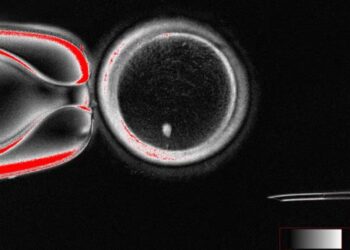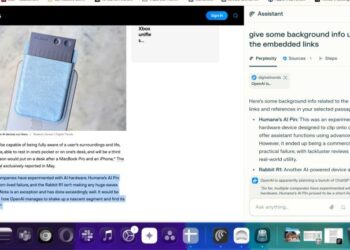Select Language:
Many individuals believe they can easily spot artificial intelligence deceptions, but research shows that most people struggle to differentiate between what’s genuine and what’s fabricated. Are you able to do better?
Only 0.1% of People Can Identify Deepfakes
A study conducted by iProov, which claims to be “the world’s leading provider of science-based solutions for biometric identity verification,” highlights just how few people can successfully identify deepfakes. The findings are astonishing.
To clarify, deepfakes are AI-generated images and videos designed to seem so realistic that they trick viewers into believing they are authentic. This technology has been misused to make it appear as though people are conversing with celebrities or that politicians have made statements they never actually said.
In the study, 2,000 participants from the United States and the United Kingdom were tasked with identifying whether various images and videos were real or deepfakes. According to a press release from iProov, only two individuals—0.1 percent—managed to achieve a perfect score.
Andrew Bud, the founder and CEO of iProov, commented on the study:
“Only 0.1% of participants could accurately identify deepfakes, underscoring how vulnerable both organizations and consumers are to identity fraud in this era of deepfakes. Even when people suspect a deepfake, most don’t take any action. Criminals are taking advantage of the public’s inability to tell authentic images from forgeries, posing risks to personal information and financial security.”
Before crafting this piece, I personally took iProov’s quiz. To be honest, I performed quite well, scoring 9 out of 10, and found it relatively simple, completing it in just 44 seconds. However, I did make one mistake, illustrating that humans are not infallible when it comes to detecting deepfakes.
Can You Distinguish Between Real and Fake?
You can test your own skills by taking the iProov deepfake quiz. If you can accurately identify all 10 images and videos as real or fake, you’ll not only surpass my score, but also outperform 99.9 percent of the participants.
Regardless of your performance, the challenge posed by deepfakes remains significant. This technology is already being used to spread misinformation and defraud individuals, and it is only expected to become more sophisticated.
Ultimately, it’s not just our responsibility to enhance our understanding of artificial intelligence to better recognize what’s real and what’s fake; technology companies also need to step up, providing greater safeguards in this evolving landscape.







